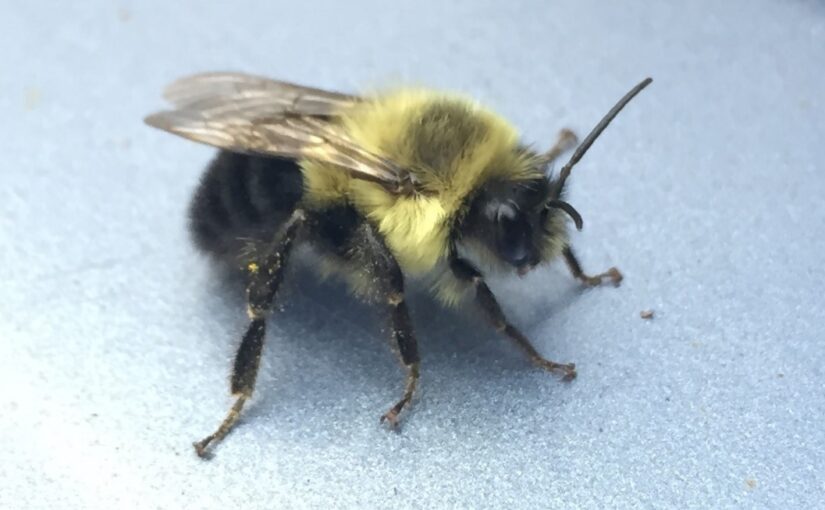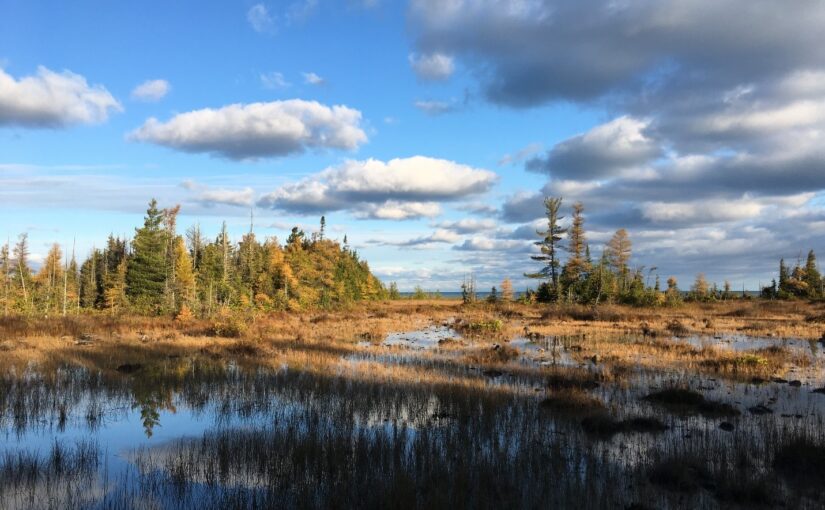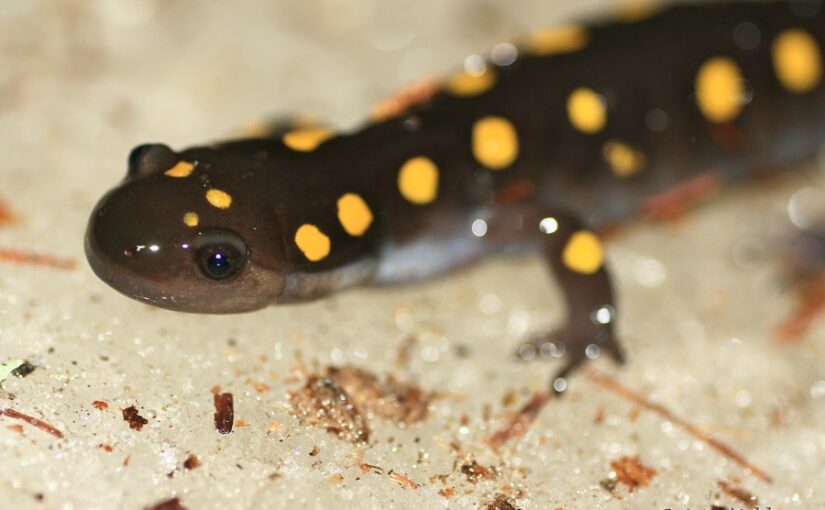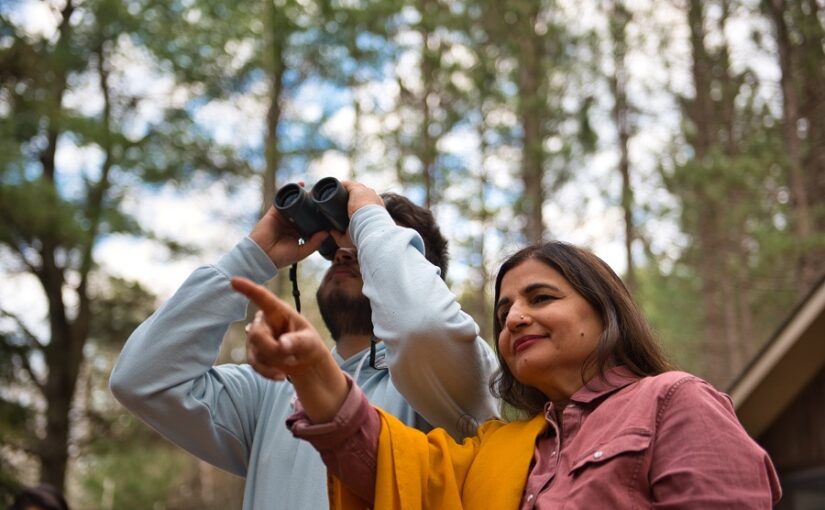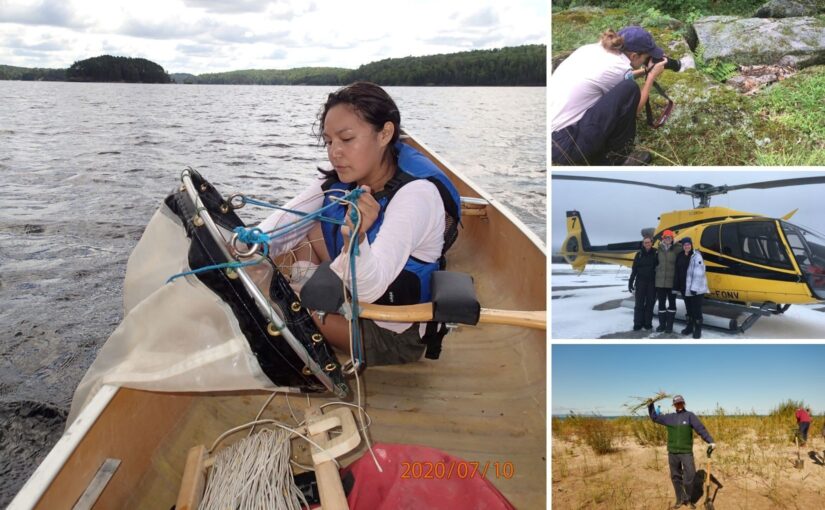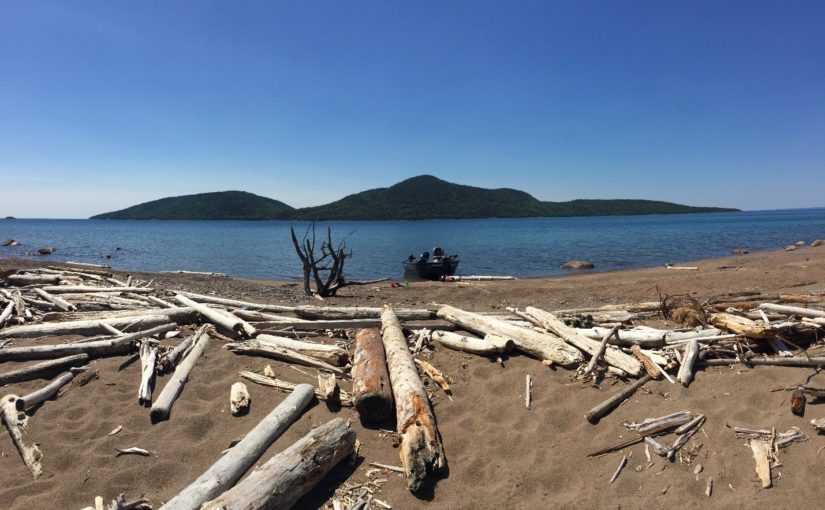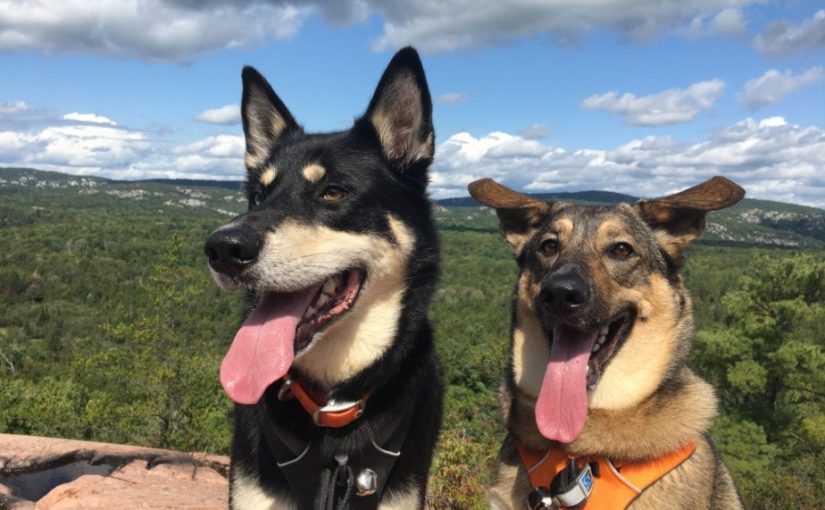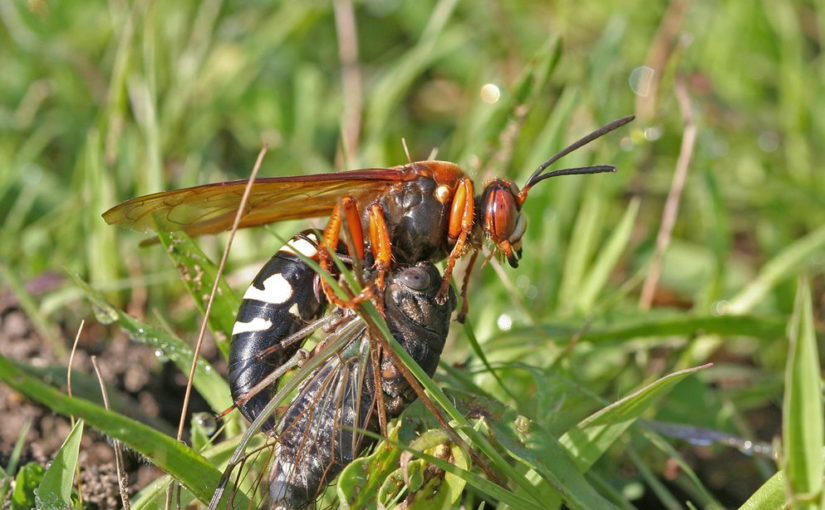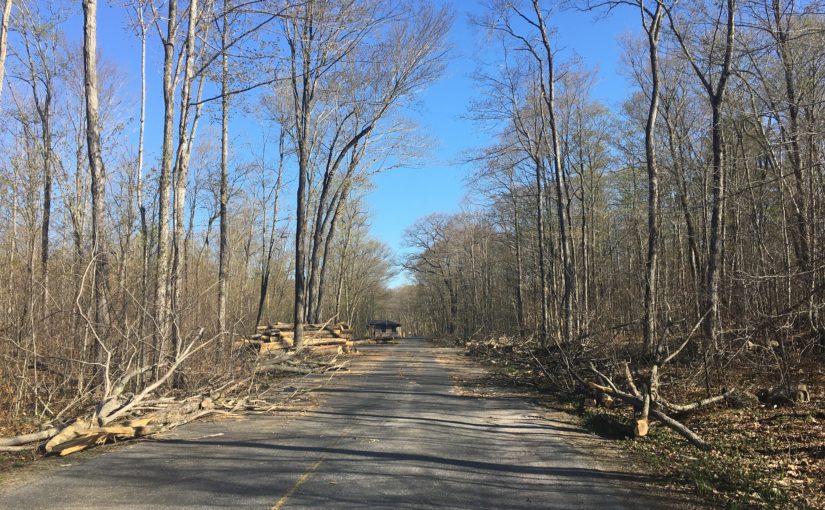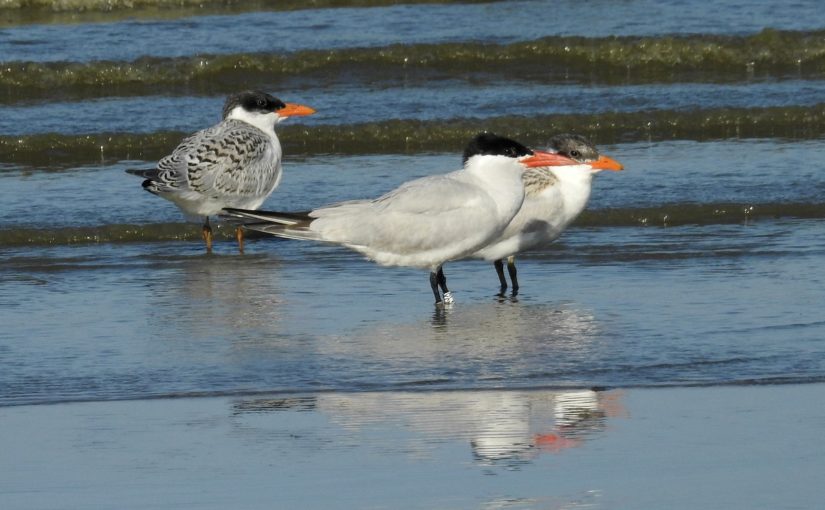Sarah Litterick is a Canadian nature nerd, fungi hunter, hiking enthusiast, beach bum, animal lover, and photographer. Sarah is currently upgrading her education with hopes of enrolling in the Wildlife Biology and Conservation program at the University of Guelph.
I’ll be honest: all my life I have had an intense aversion to insects, especially the stinging kind. I don’t know where this deep fear came from, but more than once, I have taken flight in a screaming dash because an insect came too close.
Nonetheless, in 2015, I joined the Friends of Pinery Park Board of Directors and was looking for ways I could get more involved in park projects.
That year, I signed up for their first-ever Bumble Bee Survey. The survey was a citizen science project and joint venture between the park and Wildlife Preservation Canada, along with many other supporters.
I honestly don’t know what made me say “yes” to this project, but I am glad I did.
